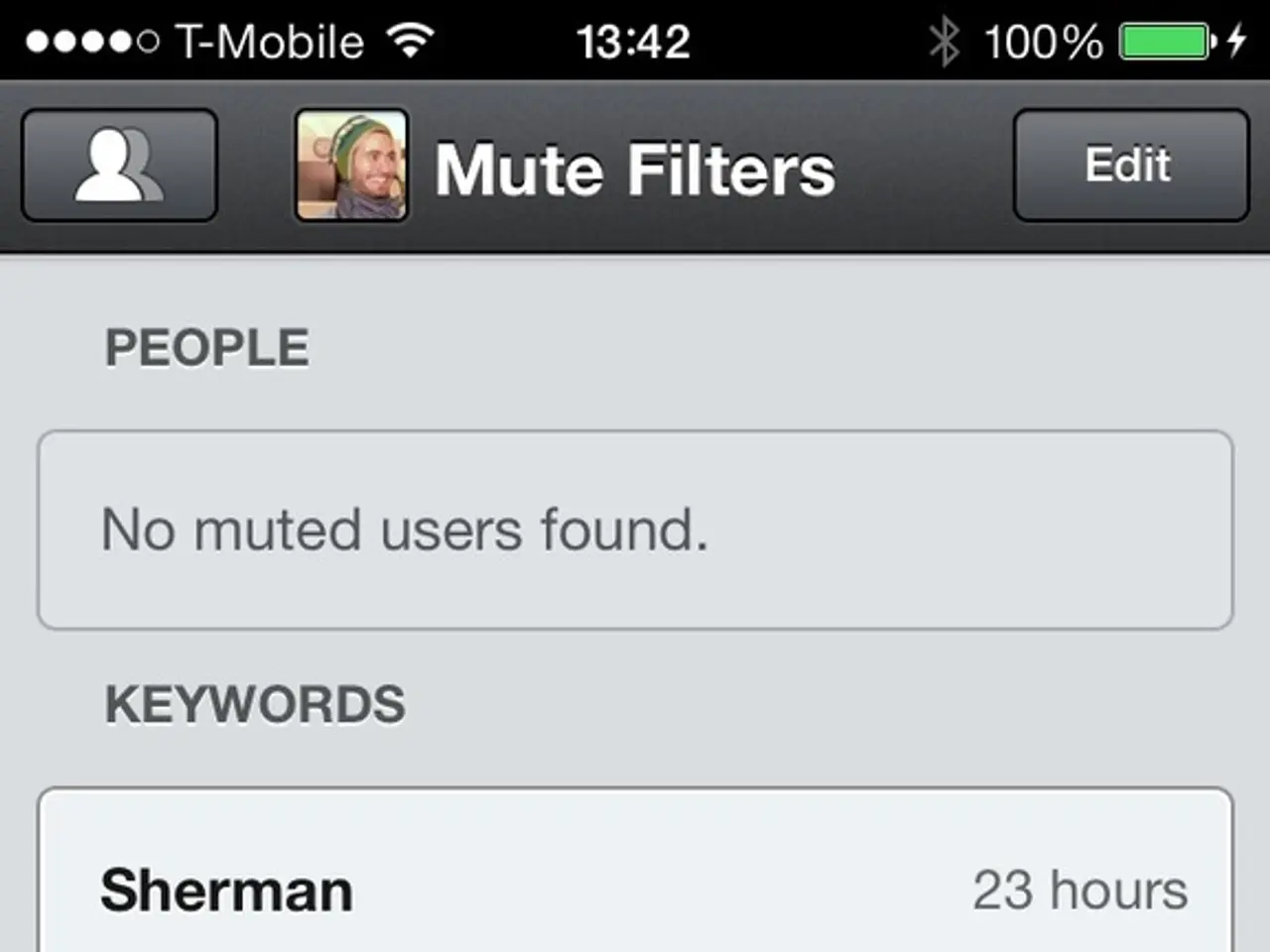Natural Language Toolkit for Artificial Intelligence: A Comprehensive Resource for Natural Language Processing
NLTK, a widely used Python library for Natural Language Processing (NLP), provides built-in capabilities to perform Named Entity Recognition (NER). This guide will walk you through the steps to perform NER using NLTK.
Getting Started
NLTK works as a powerful library that offers a wide range of tools for NLP, from fundamental tasks like text pre-processing to more advanced operations such as semantic reasoning. To access additional resources in NLTK, a specific script needs to be run only once when it's used for the first time in a system.
Performing NER with NLTK
To perform NER using NLTK, you generally follow these steps:
- Tokenize the text into sentences and words.
- Tag each word with its Part of Speech (POS) using NLTK's POS tagger.
- Use NLTK's function, which performs named entity recognition by creating a parse tree of named entities.
- Optionally, extract and work with named entities from the resulting tree.
Here is an example workflow:
```python import nltk from nltk import word_tokenize, pos_tag, ne_chunk
text = "Apple Inc. is looking at buying U.K. startup for $1 billion"
tokens = word_tokenize(text)
pos_tags = pos_tag(tokens)
named_entities_tree = ne_chunk(pos_tags)
named_entities = [] for subtree in named_entities_tree: if hasattr(subtree, 'label'): entity_name = " ".join([leaf[0] for leaf in subtree.leaves()]) entity_type = subtree.label() named_entities.append((entity_name, entity_type))
print(named_entities)
```
Explanation:
NLTK's applies a pre-trained named entity chunker on POS-tagged tokens, identifying entities such as persons, organizations, locations, monetary values, and more. The output is a tree with chunks labeled by entity type (e.g., PERSON, ORGANIZATION, GPE for geopolitical entity). You can traverse this tree to extract entity text and labels for further processing.
Additional Tips
- NLTK’s default NER chunker is statistical and trained on the ACE corpus, but it may not perform as well on domain-specific texts.
- For more advanced or custom NER, consider libraries like spaCy or training your own model with frameworks like transformers.
- Visualizing named entities is more easily done with spaCy's renderer, but NLTK has limited visualization support.
This approach covers advanced NER using NLTK’s built-in tools in Python effectively.
Other NLP Tasks in NLTK
NLTK also provides capabilities for other NLP tasks such as stemming, lemmatization, tokenization, and Part of Speech (POS) tagging. Stemming generates the base word from a given word by removing affixes using pre-defined rules, while lemmatization generates the base or dictionary form of a word, taking into account its part of speech.
For example, 'play', 'plays', 'played', and 'playing' have 'play' as the lemma. In lemmatization, we need to pass the Part of Speech of the word along with the word as a function argument.
NLTK provides two major kinds of tokenization: word tokenization and sentence tokenization. Tokenization in NLTK refers to breaking down text into smaller units (sentences and words).
NLTK provides a combination of linguistic resources and text processing libraries, making it a comprehensive tool for NLP tasks. You can install NLTK using pip ().
- To implement NER using technology such as trie, graphs, and NLTK in a more advanced way, it is recommended to consider using libraries like spaCy or training your own model with frameworks like transformers, after mastering the use of NLTK's built-in tools.
- For additional NLP tasks like stemming, lemmatization, tokenization, and Part of Speech (POS) tagging, NLTK offers various tools to perform these operations, with lemmatization considering the part of speech of a word to generate the base form.




